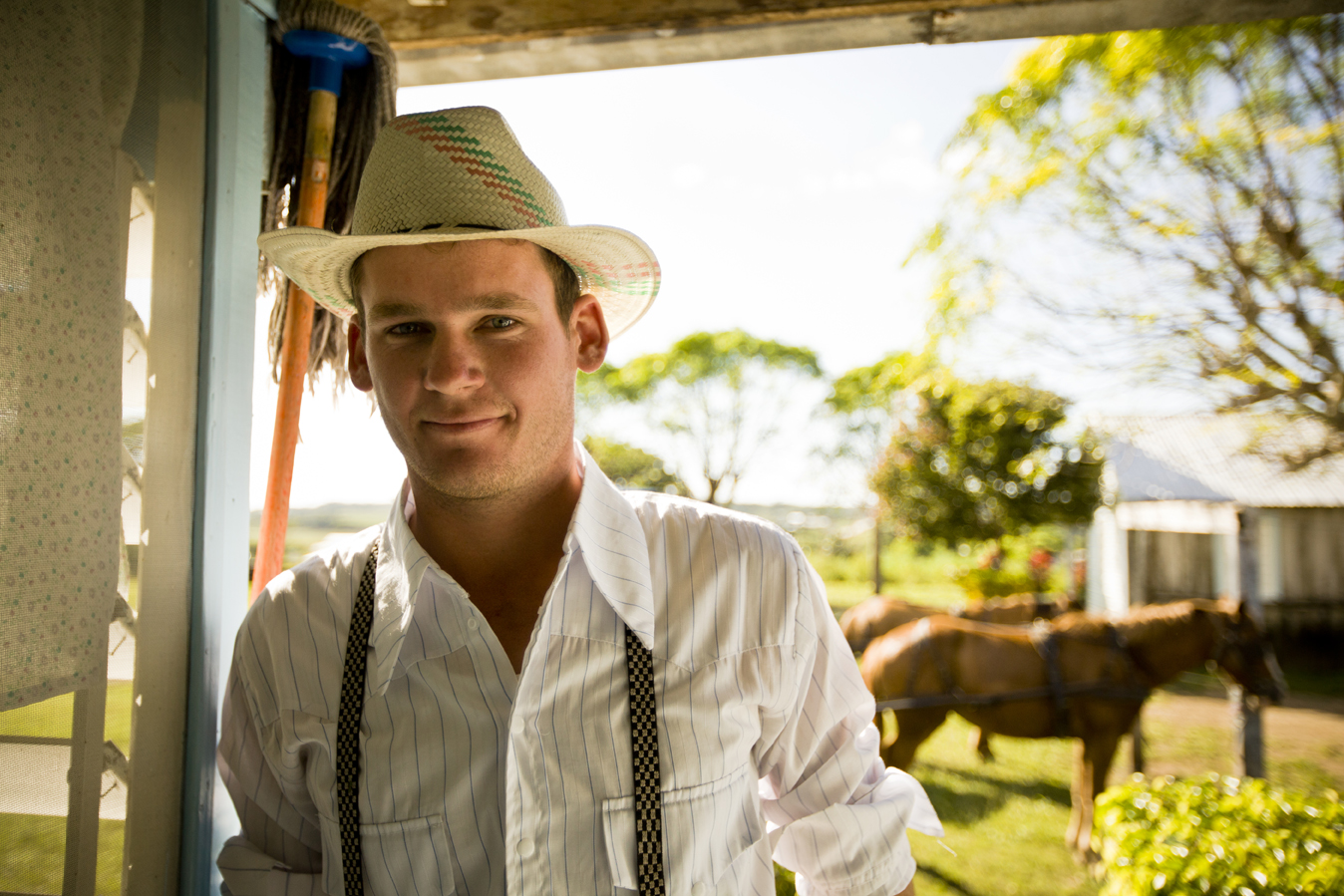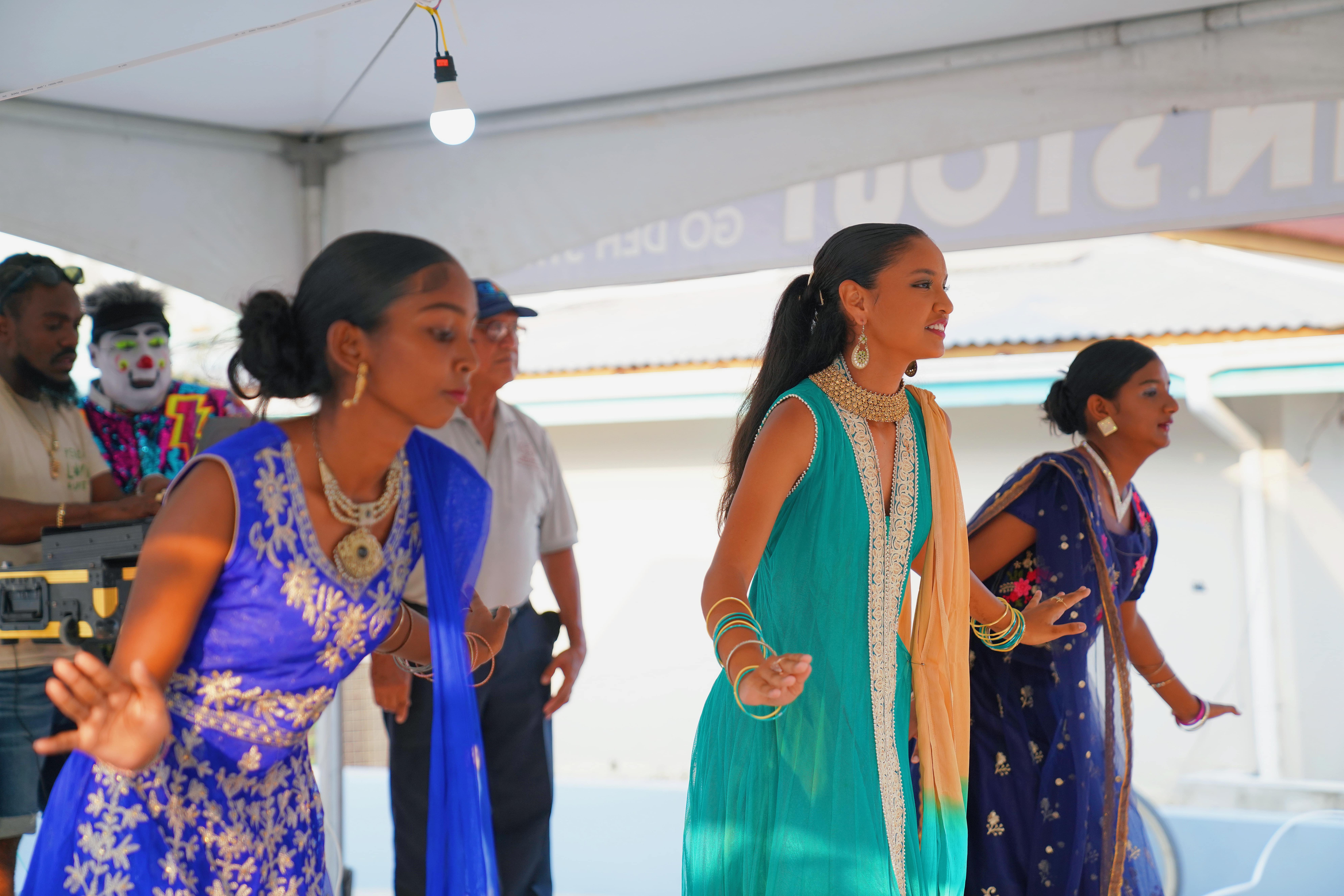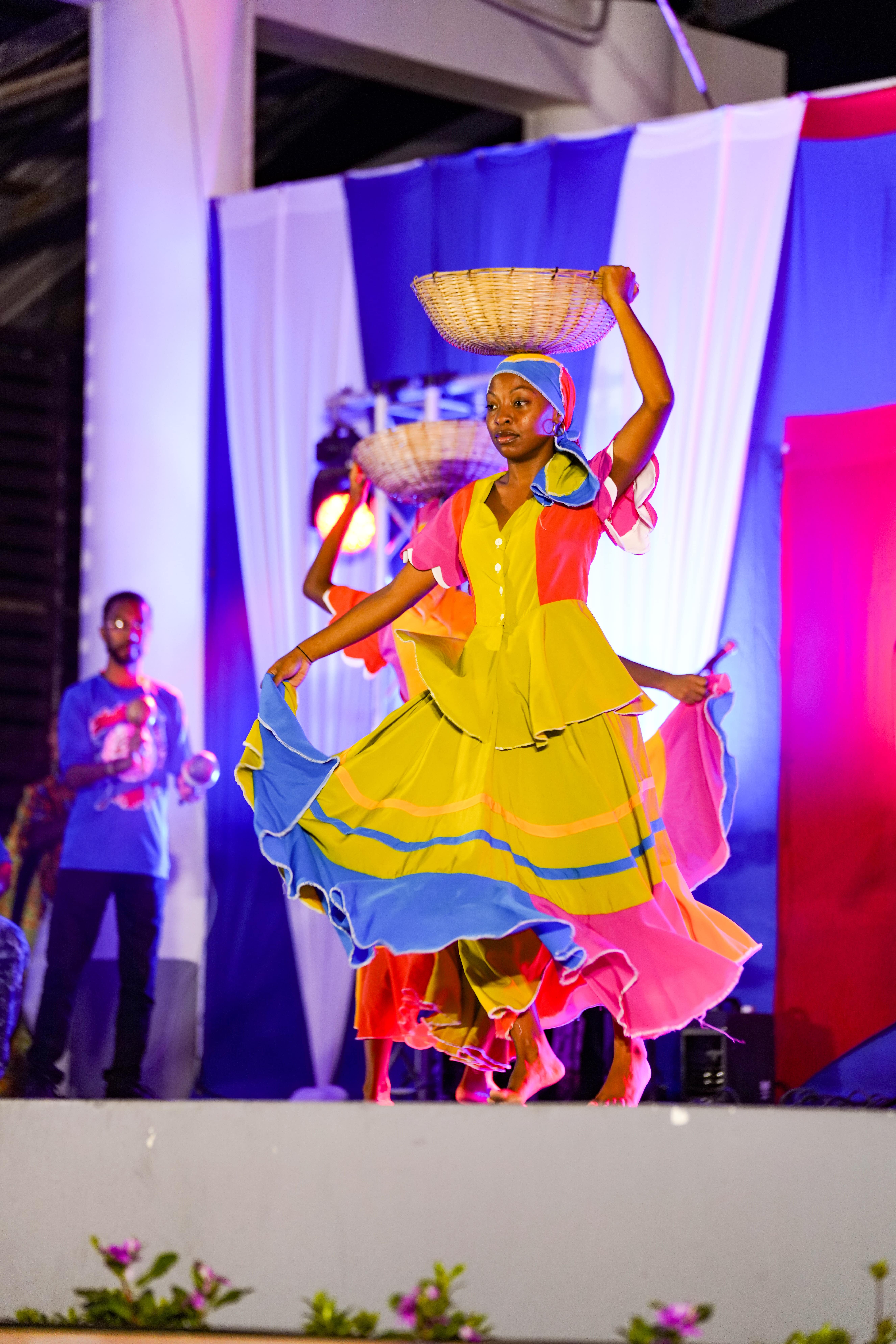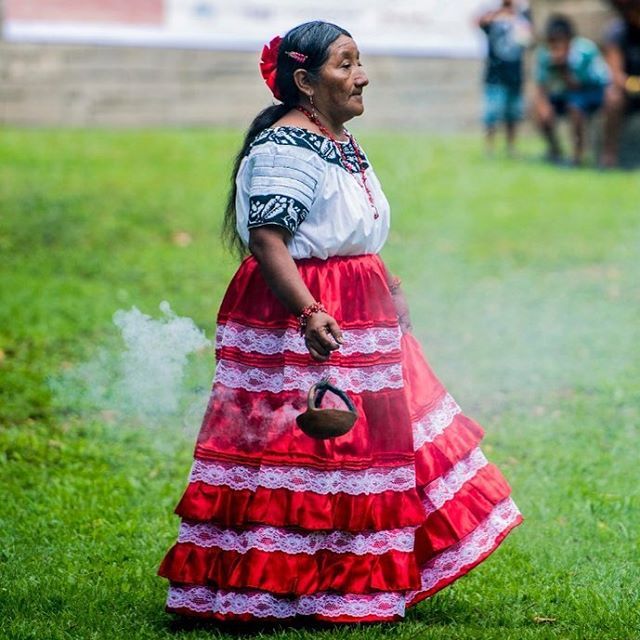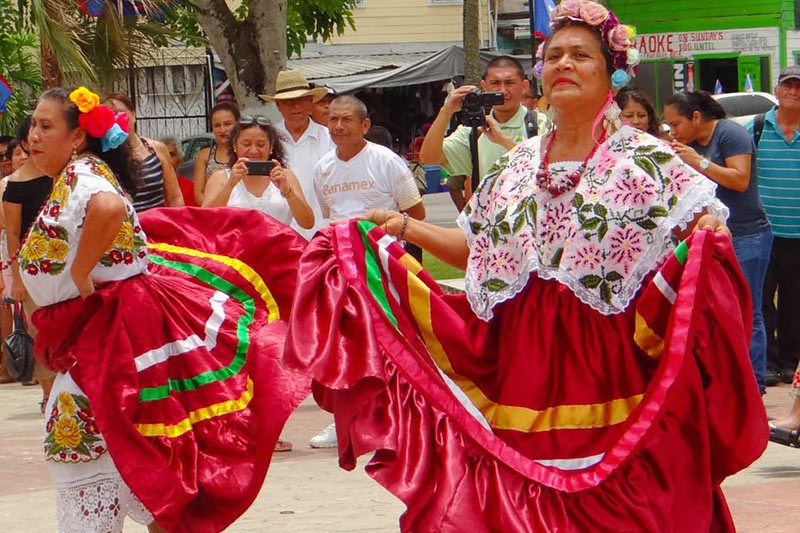The Mayas
Learn about our diverse cultures!
The Mayas
The Enduring Legacy of the Maya in Belize
Belize is home to one of history’s most extraordinary civilizations—the Maya. As the region’s earliest known inhabitants, they developed a sophisticated society excelling in art, science, mathematics, and architecture. Their influence remains deeply embedded in Belize’s cultural identity, with ancient temples, inscriptions, and traditions offering insight into their remarkable achievements.
Much of the Maya’s recorded knowledge was lost during the Spanish conquest, but their astronomical calculations and history were preserved in stone inscriptions. Scholars have since deciphered their complex writing system, uncovering the depth of this advanced civilization’s intellectual and societal structures.
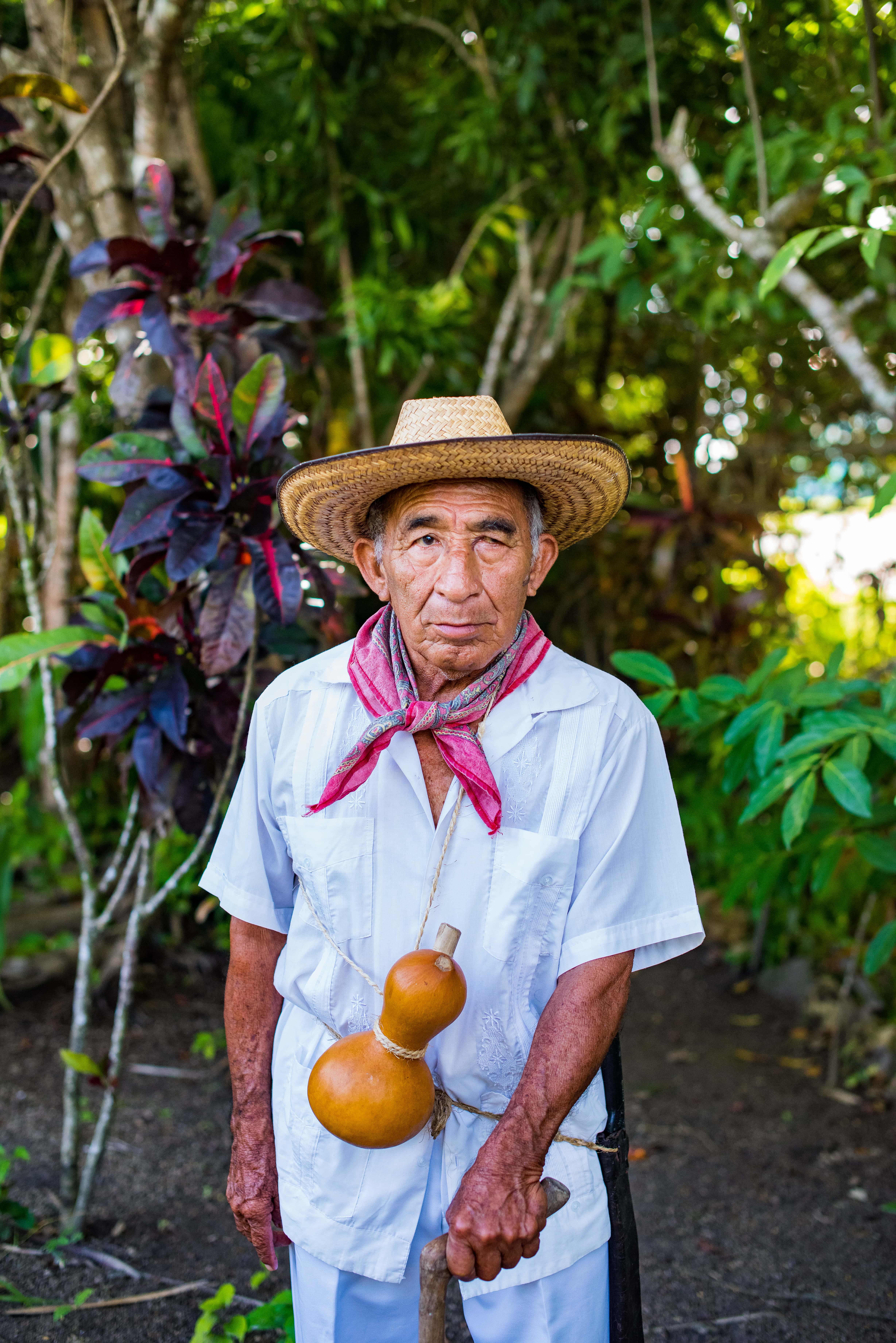
The Mayas
The Rise of the Maya Civilization
The ancestors of today’s Maya were nomadic peoples who settled in Belize, Guatemala, Mexico’s Yucatán Peninsula, El Salvador, and Honduras. The Maya Long Count Calendar dates their mythical creation to August 11, 3114 BC, while archaeological evidence from Cuello, Belize, suggests human settlement as early as 2600 BC.
During the Early Preclassic period (1800-900 BC), the Maya crafted pottery and engaged in regional trade. By the Middle Preclassic period (900-300 BC), their society expanded, establishing networks for trading jade, obsidian, and cacao. The Late Preclassic period (300 BC-AD 300) saw advancements in agriculture and monumental architecture, setting the stage for their golden age.
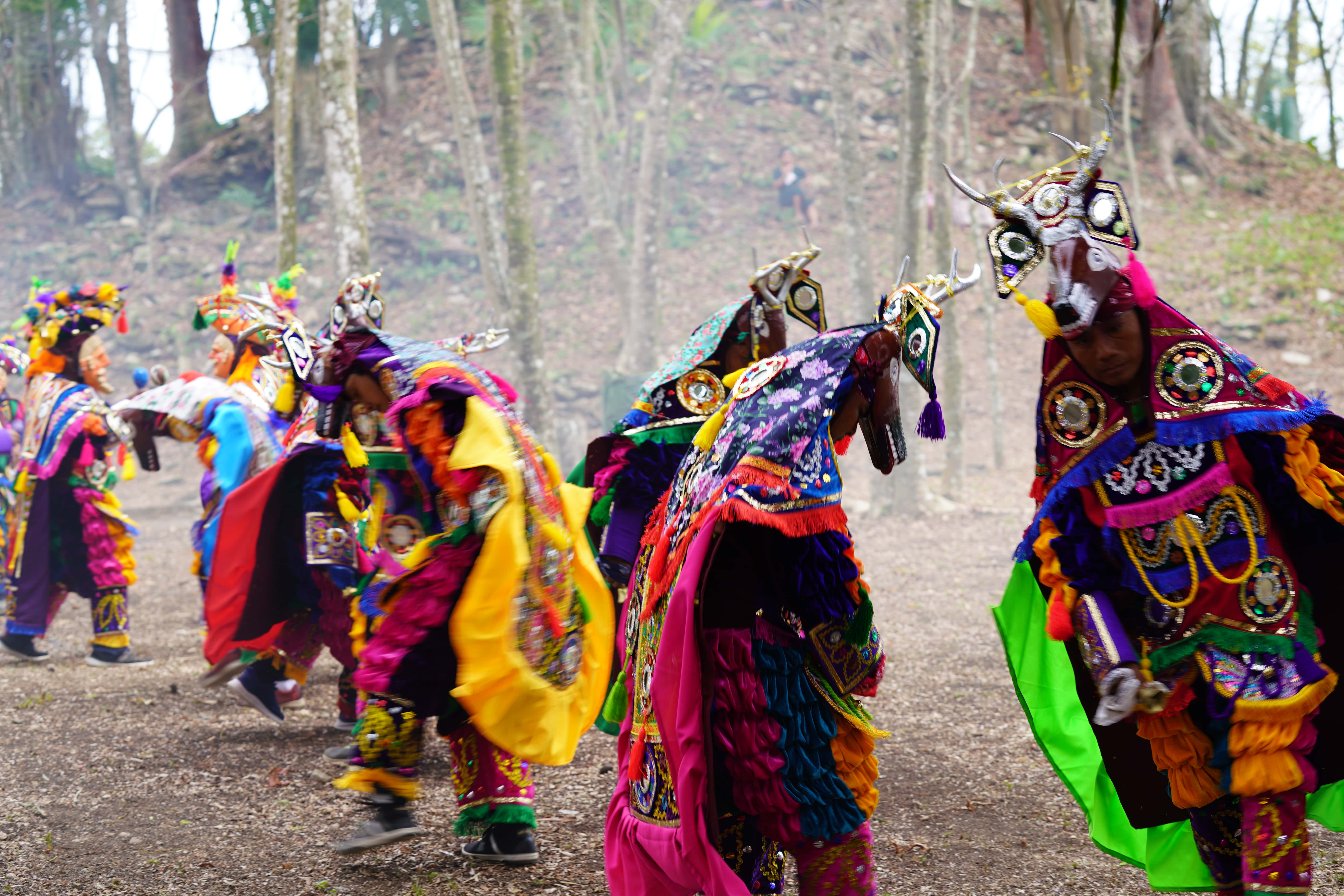
The Classic period (AD 250-900) marked the peak of Maya civilization. Cities such as Tikal, Caracol, and Altun Ha flourished as political, economic, and ceremonial hubs. The Maya excelled in astronomy, mathematics, and urban planning, developing highly precise calendars and complex infrastructure. By 36 BC, they had conceptualized zero, allowing for accurate astronomical predictions that surpassed even today’s Gregorian calendar.
Maya cities featured advanced engineering, including agricultural systems, reservoirs, and food storage. Caracol, Belize’s largest known Maya site, boasted an intricate water management system that remains visible today. Their extensive trade networks stretched from Panama to Mexico’s Gulf Coast, exchanging valuable goods such as jade, cacao, salt, and ceramics.
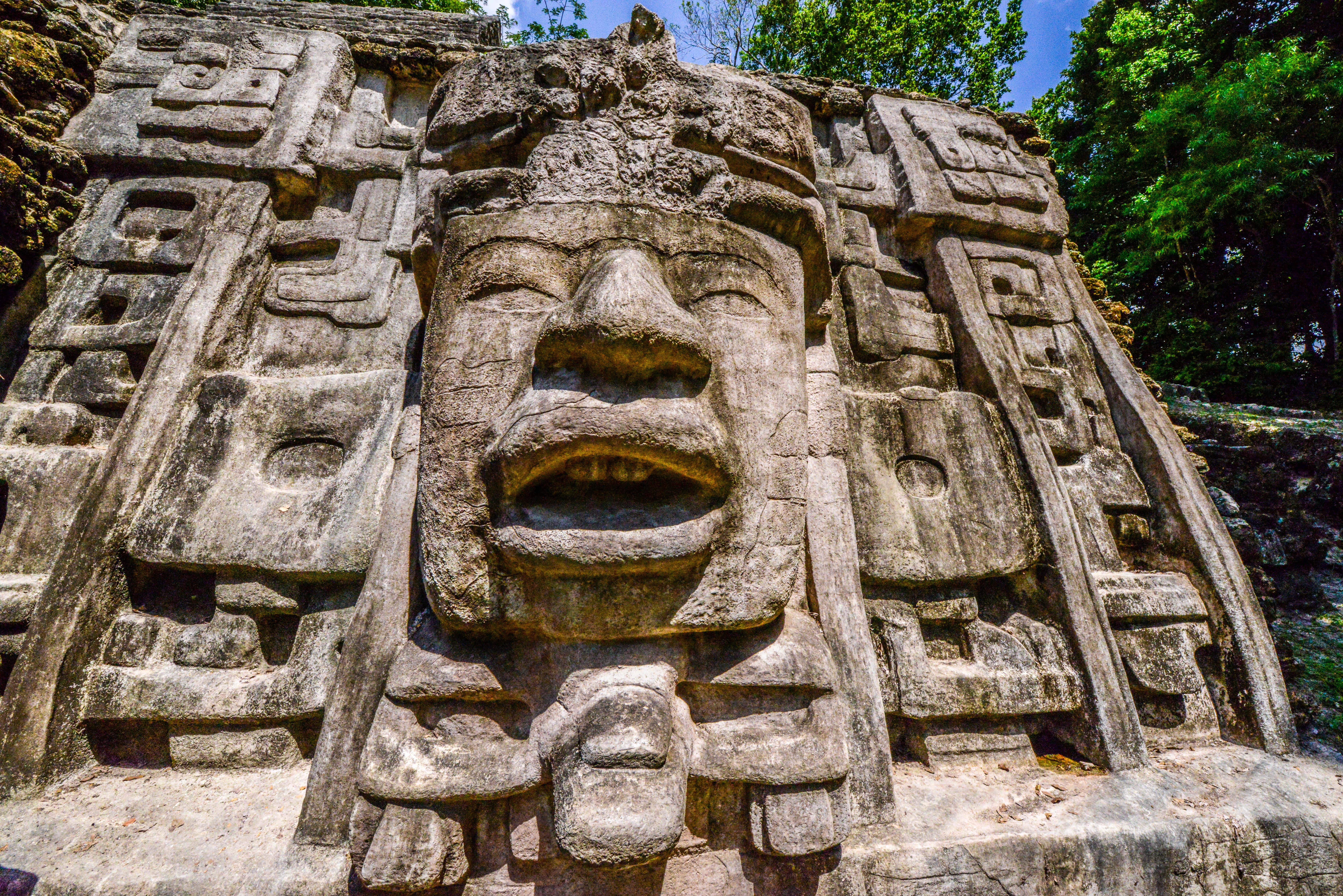
The Mayas
Decline and Enduring Influence
Between AD 700 and 900, many major Maya cities in the southern lowlands declined, likely due to overpopulation, environmental degradation, prolonged droughts, disease, and political conflicts. By the time the Spanish arrived in the 17th century, the once-mighty civilization had fragmented into smaller city-states.
The Spanish conquest was a brutal struggle, as the Maya fiercely resisted colonization. Without a centralized government, the Spanish had to conquer each city-state individually, with the final holdouts falling in 1697. Thousands of Maya codices were destroyed, erasing invaluable historical and scientific knowledge. Today, only four original Maya books remain.
Despite these challenges, the Maya people persevered. Today, they make up approximately 11% of Belize’s population, with many living in self-governed communities. Their traditions, languages, and agricultural practices continue to thrive. Many Maya communities have embraced eco-tourism to preserve their heritage while adapting to modern economic realities.

The Mayas
Exploring Maya Heritage in Belize
Belize offers countless opportunities to explore Maya history. Sites such as Xunantunich, Cahal Pech, Caracol, and sacred ceremonial caves provide invaluable insights into their spiritual and architectural achievements.
At Chaa Creek’s Natural History Centre, researchers have identified over 50 ancient Maya structures, while ongoing discoveries in the Chiquibul National Forest continue to deepen our understanding of Maya governance, daily life, and scientific advancements.
The Maya legacy is not confined to the past. Their knowledge, resilience, and cultural identity remain central to Belize’s national heritage, linking an ancient civilization to the country’s present and future. Their contributions continue to inspire, reminding us of one of history’s most advanced and enduring societies.
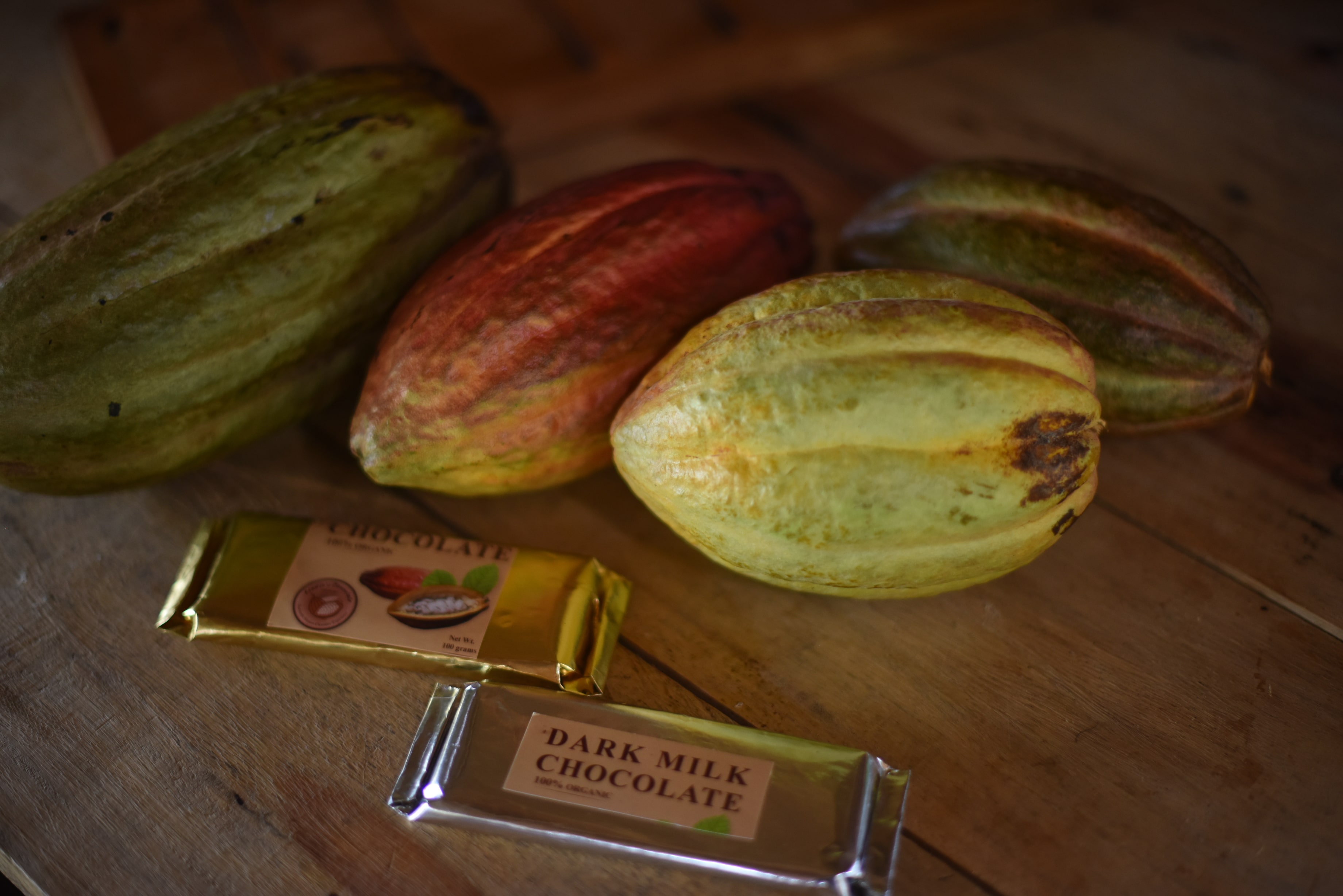
Cultures
Our Diverse Enthicity

